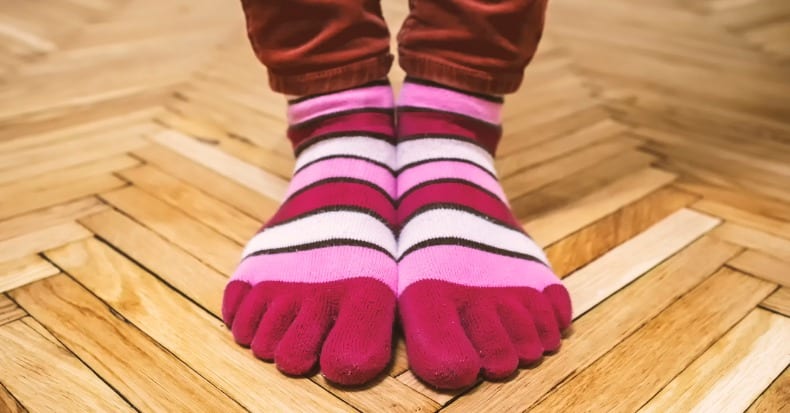Since falls are a major cause of serious injury, especially for older adults, here’s a simple way to objectively measure and improve your sense of balance…
First, stand in a place where you can catch yourself from falling (like behind a chair or in a corner). Place your feet side by side for ten seconds. Then, place the heel of one foot next to your big toe for ten seconds. Finally, rest the forefoot fully in front of the other (like standing on a tight rope) and wait ten seconds. If this process presents no issues, you can proceed.
Stand on one foot/leg for up to 30 seconds with your eyes open. Next, switch legs and repeat the process. Switch back to the first leg, get your balance, and start a 25 second timer. Close your eyes and see if you can maintain your balance for the full 25 seconds. If you must open your eyes and put your foot down, keep track of your time and try the exercise up to three times in a row to see if you can improve. Repeat this on the opposite leg.
The 25-second “cut-off” for “eyes closed” is published as the “norm” for those up to 59 years old. If you are 60-69 years old, the norm drops to ten seconds and if you are 70-79, the norm is only four seconds! This means we NORMALLY lose our sense of balance with age, but that doesn’t mean you should accept it, as retraining your balance system is feasible with the proper exercises.
First, practice the test described above, as it is also a great exercise for improving balance. Other balance challenges can include the use of a balance or rocker board, walking like you’re on a tight rope, walking backward, hopping in place, and stepping up and down on one or two steps. The important thing is to work these exercises into your daily routine. Many of these balance challenges also work well as a great “mini-break”, especially if you have a desk job.
Re-test your balance skills once one or two weeks and see if you can improve your time. You will be surprised how quickly and how much you can improve your balance skills and how much steadier it can make you feel in your everyday activities. Fall prevention starts with knowing your current abilities, and re-testing keeps you motivated!



